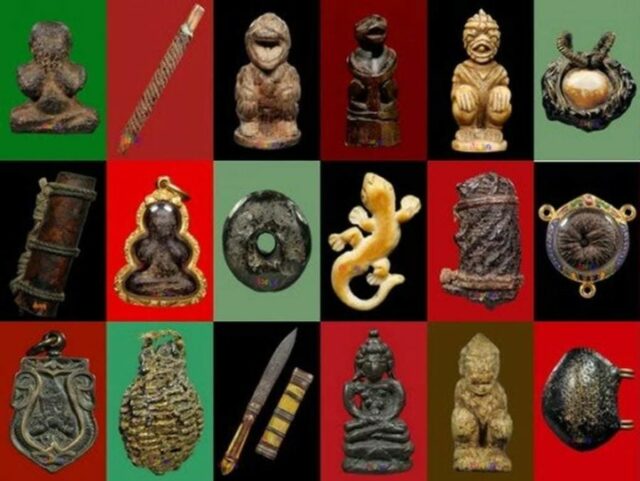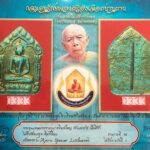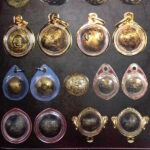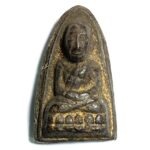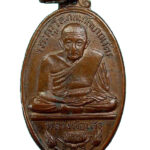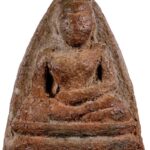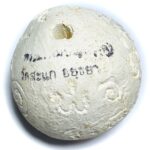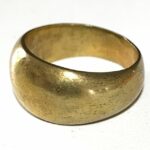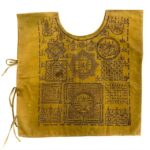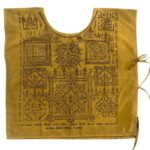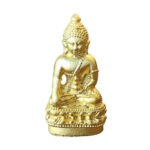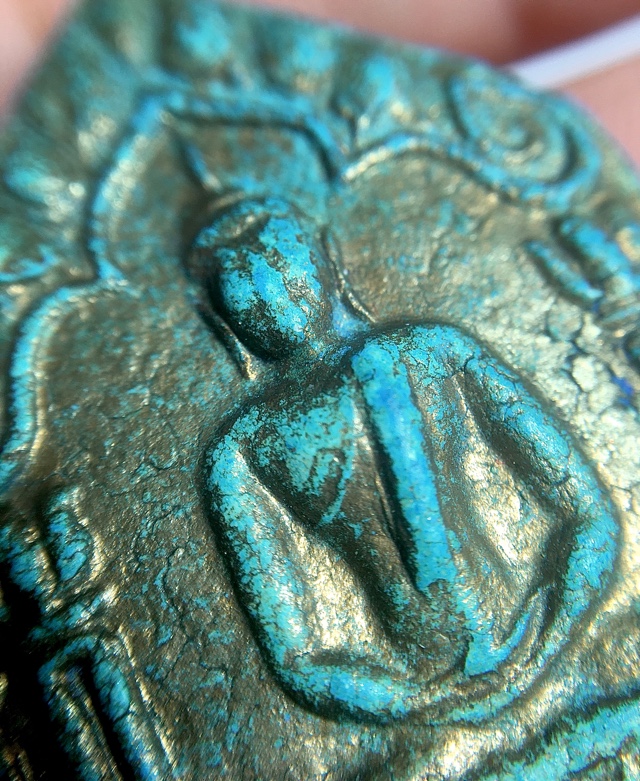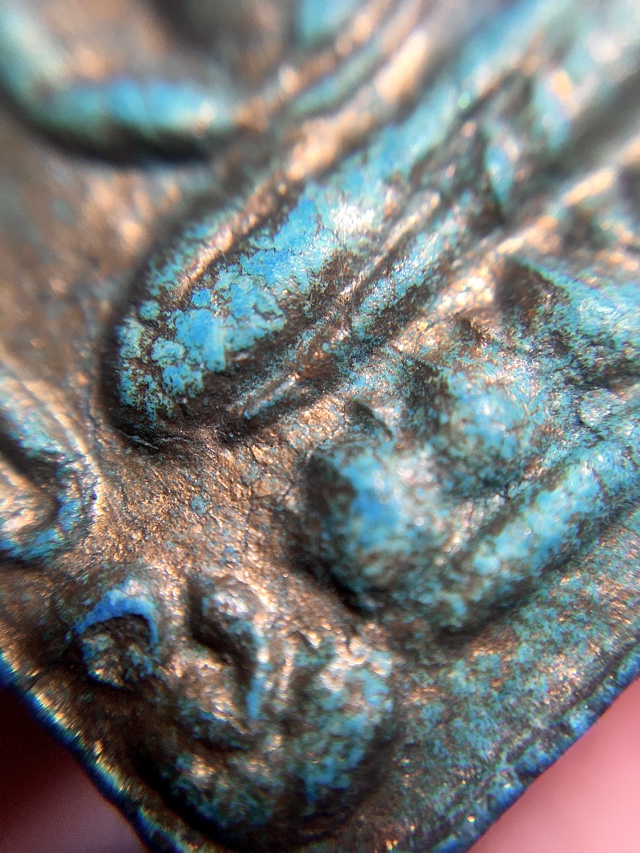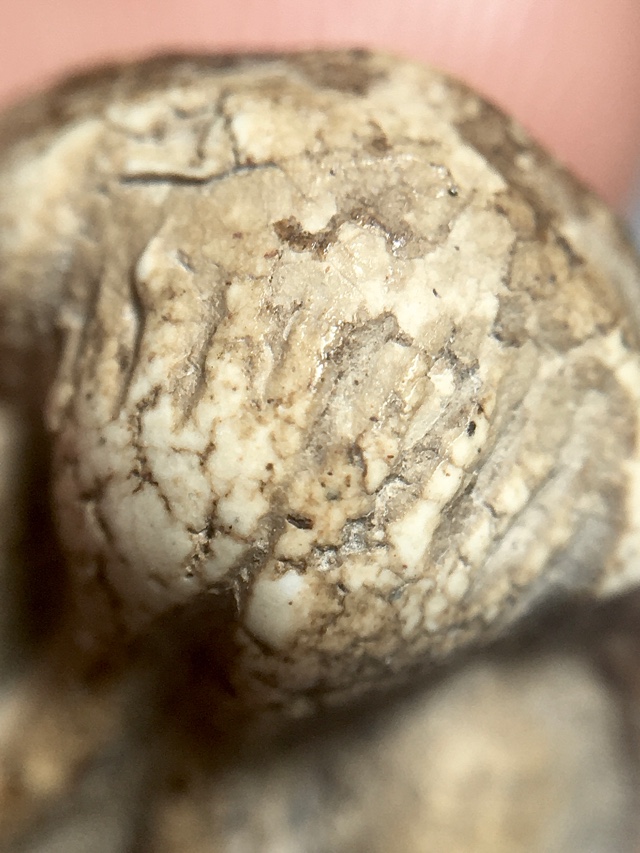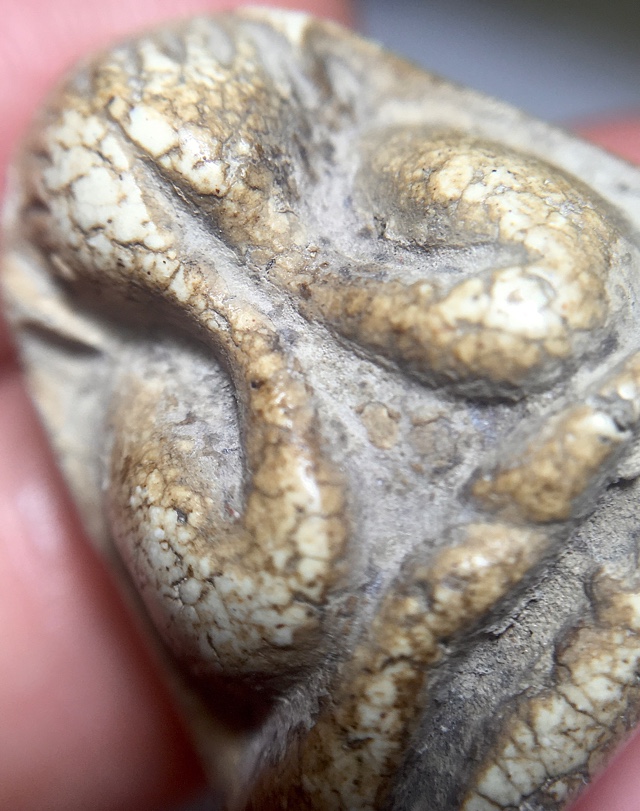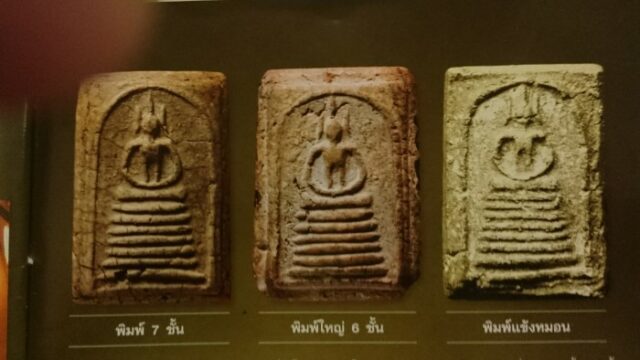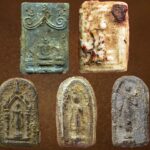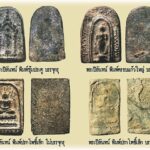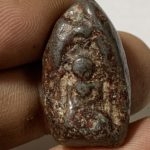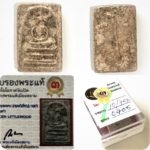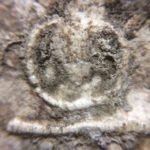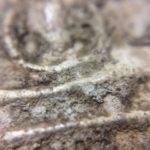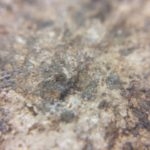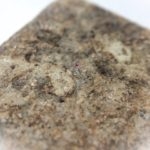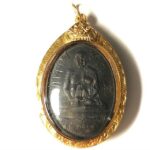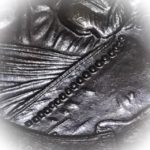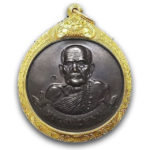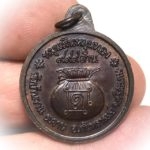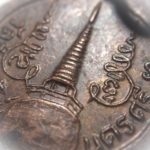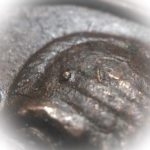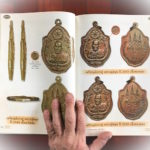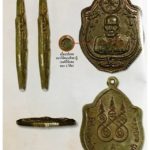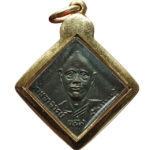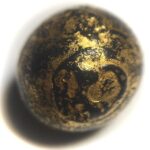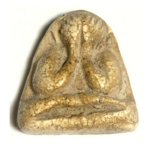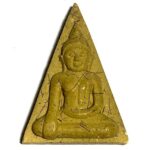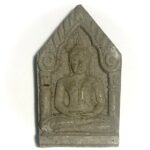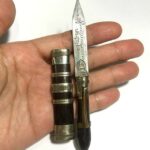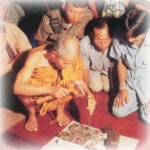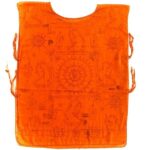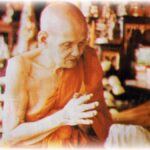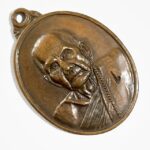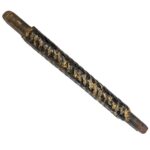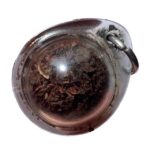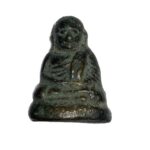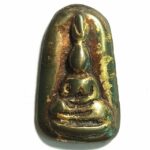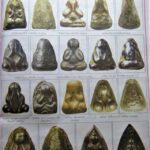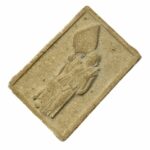Secrets of the Loupe: A Master’s Guide to Thai Amulet Identification – Level 1.
While a casual observer might be perplexed by the magnifying glass, or “loupe,” as a primary tool for identifying Thai amulets (พระเครื่องและเครื่องราง ของขลัง), seasoned collectors and experts understand the profound significance of close examination. The naked eye of the average person, when examining amulets under an eye-loupe, may be capable of appreciating the overall form and aesthetics, but most people overlook a treasure trove of subtle details that reveal an amulet’s origin, age, and authenticity.
This knowledge, and expertise in amulets which so many people seek, is only to be honed over decades of dedicated study. Experience, lots of reading, examination of actual amulets, as well as imagery in encyclopedic works documenting amulets, and the interchange between colleagues of the niche, exchanging knowledge with each other, forms the cornerstone of expertise in the realm of Thai amulets.
Beyond the Magnifying Glass: A Multifaceted Approach
The identification process transcends mere magnification and delves into a multi-layered analysis. The approach varies based on the amulet’s material composition:
- Forged Metallic Coins and Statuettes: These amulets require meticulous attention to detail. Examining the “fineness” of the metal, the presence of minuscule casting flaws (“Damni”), and the overall sharpness of the image are all essential clues. Identifying these “deliberate faults” left behind by the original block press mold helps distinguish authentic pieces from forgeries. For instance, the renowned Rian Rakang amulet of Luang Por Kasem, a bell-shaped coin depicting the monk in meditation, possesses five distinct block press molds, each with slight variations. Recognizing these subtle differences is a hallmark of expertise.
- Sacred Clay and Powder Amulets: These amulets offer a richer portfolio of methods for analysis. Here, the loupe becomes a vital tool for perusal of at least three major factors:
- Contraction Cracks: As the sacred clay dries and ages, it undergoes a natural contraction process, resulting in the formation of fine cracks on the surface. The size, pattern, and depth of these cracks provide valuable insights into the amulet’s age.
- Muan Sarn Composition: The sacred powder mixture (Muan Sarn) embedded within the clay reveals a wealth of information. The loupe allows for the identification of various particles, such as herbal remnants, pollens, or even relics, used in the Muan Sarn. This knowledge, coupled with experience, allows for the recognition of specific temples or monks known for their unique Muan Sarn compositions.
- Pim Song Identification: Once the age and Muan Sarn are confirmed, the loupe facilitates the study of the “Pim Song” details. This refers to the specific characteristics of the mold used to press the amulet. By examining intricate details like the shape of the Buddha’s features, the folds of his robe, or the inscription clarity, one can identify the specific version (“Pim”) created from a particular block press. This becomes crucial in differentiating between different editions or sub-models within the same amulet type.
The Art of Perusal: Beyond Visual Examination
While the loupe plays a critical role, the art of amulet identification extends beyond just visual examination. Years of dedicated study and experience equip collectors with a deeper understanding of various factors:
- Historical Context: Understanding the historical period when a particular type of amulet was created is crucial. Knowing the prevalent artistic styles, cultural influences, and materials used during that era allows for better contextualization of an amulet’s characteristics.
- Monks and Lay Masters: Familiarity with the lives and practices of the monks or lay masters associated with specific amulet types is essential. Knowing their preferred materials, artistic preferences, and consecration rituals provides valuable insights when analyzing an amulet.
- Samakom Pra and Sian Pra Expertise: Leveraging the knowledge of established institutions like the Thai Amulet Society (Samakom Pra) and renowned amulet experts (Sian Pra) is invaluable. These bodies contribute significantly to preserving historical records and developing authentication methodologies.
Pra Kru: Unveiling the Secrets of Hidden Amulets
A particularly challenging category within sacred clay amulets is “Pra Kru.” These are amulets that have been hidden for extended periods, often found buried within temple crypts or unearthed from ancient chedis (stupas). While Pra Kru amulets can be made of both clay and metal (including leaden varieties), their long-term concealment presents additional challenges for authentication.
The limited exposure to light and air often results in a more subdued surface with a patina or encrustation. This necessitates a combination of expertise and specialized techniques for examination, such as X-ray analysis or careful cleaning under the supervision of a qualified restorer. Deciphering the secrets of Pra Kru amulets demands a deep understanding of material degradation processes and the ability to identify characteristic features that remain discernible despite the passage of time.
The Evolving Landscape of Thai Amulet Study
The field of Thai amulet study is far from static. New discoveries constantly emerge, requiring collectors and experts to remain adaptable and ever-learning. Technological advancements such as high-resolution macro photography and advanced material analysis tools are increasingly employed to refine authentication processes. However, these advancements should not overshadow.
The study of Thai Amulets of high end category, is as stated, a dynamic and ever-evolving landscape, with new insights constantly emerging as your experience grows over the years, according to your efforts in study, and contact with good tutors and mentors in the proper school of thought. Collectors, researchers, and experts in this domain must remain adaptable and continuously learning to keep pace with the rapid advancements taking place.
Technological innovations, such as high-resolution macro photography and advanced material analysis tools, are playing (or being abused by certain individuals), an increasingly advertized as a method of refining and enhancing the authentication processes for these sacred Thai amulets. But Calcit Testing, or X-ray analysis, while potentially useful for examining internal structures and identifying certain materials in older amulets, certainly has its limitations in authenticating Thai amulets, especially for those under 200 years old. In addition, only some amulets contain calcite, so this is not a measure for all amulets, in fact, it could, if it were precise, only be truly used for amulets such as the Pra Somdej Wat Rakang, which is known to have calcite present within the Muan Sarn admixture.
It is essential hence, to keep in mind, that these technological advancements do not overshadow or diminish the importance of traditional knowledge, intuition, and holistic understanding, which have been cultivated by seasoned experts over generations. The study of Thai amulets is deeply rooted in cultural, historical, and metaphysical traditions, and a balanced approach that integrates both modern and time-honored methods is necessary to preserve the integrity and nuance of this captivating field of inquiry.
Preserving and understanding this heritage requires a dedication to traditional knowledge, a keen eye for detail, and a respect for the limitations of modern technology. While technological advancements offer valuable tools, they should not overshadow the intuition and holistic understanding cultivated by seasoned experts over generations. The study of Thai amulets is deeply rooted in cultural, historical, and metaphysical traditions. A balanced approach that integrates both modern and time-honored methods is necessary to preserve the integrity and nuance of this captivating field of inquiry. Through such a balanced approach, the legacy of Thai amulets can be safeguarded for future generations to appreciate and understand.
